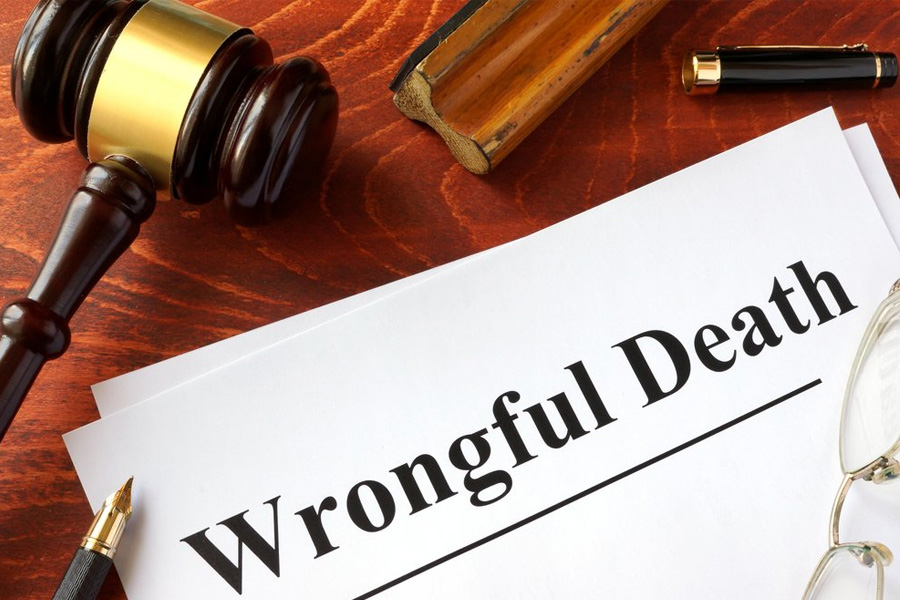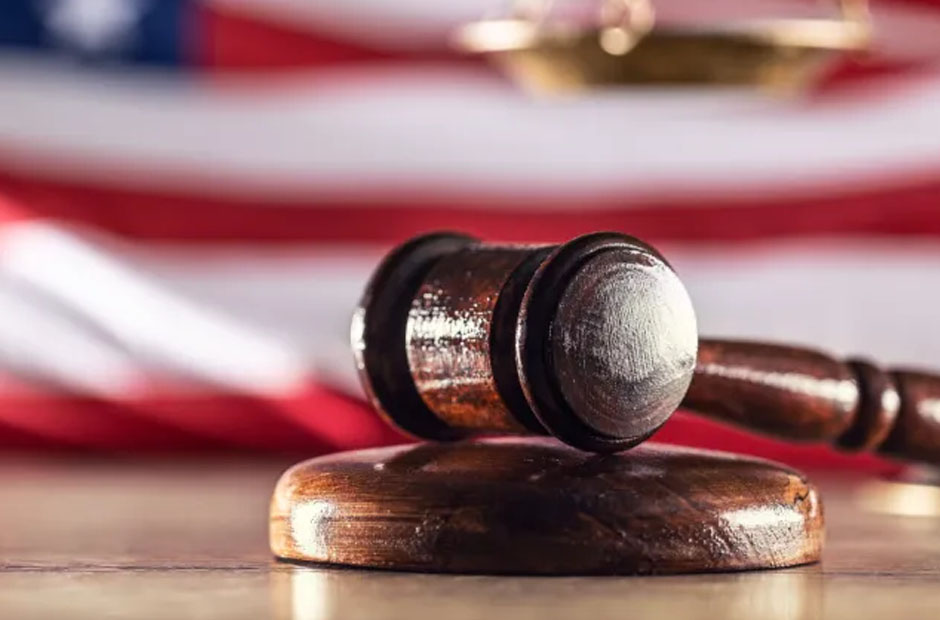Now Reading: How Compensation Works in Wrongful Death Cases
-
01
How Compensation Works in Wrongful Death Cases
How Compensation Works in Wrongful Death Cases

A gentle, clear look at a brutal reality
Losing someone because of another person’s mistake is the kind of hurt that rearranges daily life. Alongside the grief comes bills, lost income, and a thousand small shocks: the sudden absence of the person who did the grocery runs, paid the phone bill, or offered a shoulder. Wrongful death compensation exists to translate those losses into something recognizable by the legal system — money, yes, but also a formal acknowledgment that what happened should not have. This piece walks through who can file, what kinds of compensation exist, how values are calculated, and the practical hurdles families often face, all in a voice that’s warm, direct, and a little cinematic — like a knowing friend explaining a complex scene in plain language.
Who can file a wrongful death claim?
Not everyone gets to walk into court on behalf of the deceased. Typically, the nearest relatives — a surviving spouse, children, or the parents of the person who died — have the legal standing to file. In some situations, people who depended on the victim financially or domestically, such as domestic partners, stepchildren, or other recognized dependents, may also have rights. Sometimes a personal representative of the estate takes the lead and becomes the official claimant, acting for everyone’s legal interests.
Types of compensation available
Wrongful death awards are grouped into categories that try to capture both tangible and intangible loss.
Economic damages are the ledger items: medical bills from the final injury or illness, funeral and burial expenses, lost future earnings, and loss of benefits such as health insurance or retirement contributions. These are concrete numbers you can show a calculator.
Non-economic damages cover what spreadsheets struggle to hold — loss of love, companionship, guidance, and the emotional suffering of surviving family members. Courts and juries assign dollar values to these by considering the family’s relationship to the decedent, the victim’s age and health, and the severity of the emotional harm.
Punitive damages are rarer and reserved for cases where the at-fault party’s behavior was especially reckless or intentional. They’re not meant to compensate; they’re meant to punish and deter. Not every wrongful death claim will include punitive damages; only when the court believes the conduct deserves a stronger reprimand.
How compensation is calculated
Calculating a wrongful death award is part arithmetic and part storytelling. The financial pieces — lost wages, benefits, medical bills, funeral costs — are calculated with data, paystubs, tax returns, and actuarial tables. Estimating future earnings often involves looking at the person’s age, occupation, career trajectory, and life expectancy, then projecting what they would likely have contributed to the household.
The non-economic side uses testimony: family members describe the role the deceased played, the emotional void left behind, and how the loss affects daily life. Experts like economists or vocational specialists may be brought in to provide reports, while medical professionals may testify about pain, suffering, or the deceased’s health prior to the incident. The result is a number that attempts to balance cold facts with lived human cost.
The role of insurance in wrongful death claims
Most wrongful death claims wind up dealing with insurance companies first. Whether it’s an auto policy, a business liability plan, or malpractice coverage, the practical ceiling on recovery is often the policy limits of the at-fault party. Insurance adjusters will evaluate the claim and may offer a settlement — and those offers are frequently lower than what families deserve. That’s why many families choose legal representation: to negotiate intelligently and to push beyond the insurer’s opening position. When a fair settlement can’t be reached, the alternative is to take the case to court.
Time limits: statute of limitations
Time matters. Every jurisdiction sets a deadline after which a wrongful death claim cannot be filed. In Washington State, for example, families generally have three years from the date of death to bring a wrongful death action. Miss that window, and legal doors often close permanently. This deadline exists for public policy reasons, but in practice it means families need to move quickly to preserve their rights.
Common challenges in securing compensation
Wrongful death claims are emotionally charged and legally intricate, so several recurring difficulties show up. Proving causation — that the death was the direct result of someone else’s negligence — can require detailed evidence and expert testimony. Family disputes over who should receive compensation or control the case can delay proceedings. And insurance companies, with teams of adjusters and lawyers, may attempt to minimize payouts through lowball offers or procedural defenses. Those battles are draining, both emotionally and financially.
How a wrongful death lawyer can help
A lawyer acts as both guide and gatekeeper. They collect and preserve evidence, consult experts, prepare the legal paperwork, and negotiate with insurers. They also translate legal complexity into plain language so families can make informed decisions without wading through technicalities. If a settlement isn’t possible, the attorney takes the case to trial and argues for a full accounting of both economic and emotional losses.
FAQ
Who is eligible to file a wrongful death claim?
Usually the immediate family — spouse, children, or parents — can file, and sometimes dependents or a personal representative of the estate can act on behalf of the family.
What kinds of damages can a family recover?
Families may recover economic losses like medical and funeral costs, non-economic damages for emotional harm and loss of companionship, and, in rare cases, punitive damages.
How long do families have to file in Washington?
In Washington State, the usual statute of limitations for wrongful death is three years from the date of death.
Will insurance always cover the full amount of a claim?
Not necessarily; insurance coverage can be limited by policy caps, and insurers often negotiate to pay less than a full valuation.
Do wrongful death cases always go to court?
No — many cases settle with insurance companies before trial, but litigation happens when negotiations fail or when the insurer refuses a fair offer.
Can experts change the value of a wrongful death claim?
Yes; economists, medical professionals, and vocational experts frequently provide analyses that significantly influence the calculation of both present and future losses.




















